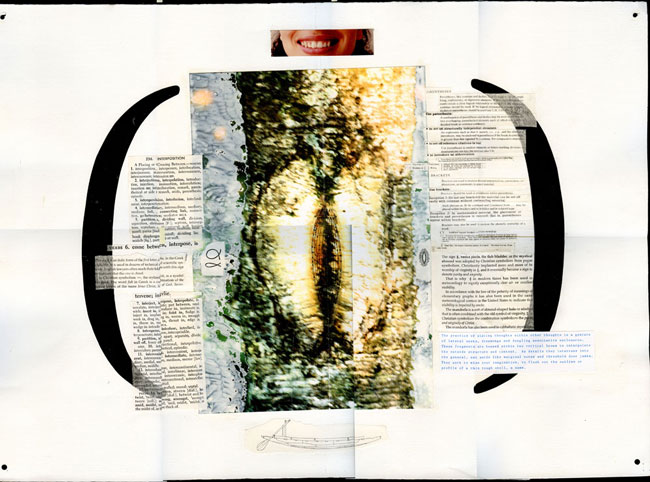 |
||||
|
Deep within Canada’s interior lies a large territory riddled with lakes and waterways named Algonquin. As a provincial park occupying a large part of Ontario’s landscape, such territory serves as a contemporary recreational wonderland as well as a historically significant site of trade between the French Voyageurs and the Algonquin Indians. I came to know this place first hand between 1990 and 1994 during annual canoe trips taken from my home in Detroit Michigan with the man who was later to become my husband, and hence each trip was an experience that extended the archetypical narrative of ‘journey’ and tested the limits of my own body and practices of space-making and place-finding. I entered this territory as an architectural designer with a special affinity for construction and material inquiry. Each time I returned from this wilderness, I gained, not just greater skills as an outdoor survivalist and canoeist, but insight of how such travel was specific to being female; of how my body - its posture, its movement, its spatial extension - was associated through semiotics and metaphor to the act of portaging between lakes with a canoe on my head following a path blazed by hatchet marks on tree trunks. I was struck with how poignant such violent marks knitted various aspects of my world-body view together. These eight drawings are the actual site of processing observations, reflections and findings, ordering them and making them public. Structured by the blaze marks of one particular portage, Maple Lake to Erables Lake, each sheet was used to draw upon literal and figural associations between areas as diverse as patching walls, stitching wounds, reading maps, building structure, and spatial enclosure. As fields of lateral musing, the drawings are the result of pasting bits of found images and data in relation to each other, an effort targeting the generation of knowledge by virtue of adjacency and relation, a practice well documented by feminist artists and authors. What began with the weilding of a heavy metal instrument to cleave and scar so as to blaze a trail amongst the forest concluded with a sliver of tapered timber used to level or find balance. A shift of scale, material, purpose and power structure signifies a variational convergence between wedge and shim, a space and action of gendered difference. This transformation of instrumental meaning has had a profound impact on my creative and professional practice whereby the smallest of design gestures have the capacity to lever significant change, where building is an existential act of renovation, site and body specific, labour intensive, and space is a matter of force and energy grounded in action.
|
 |
||||
|